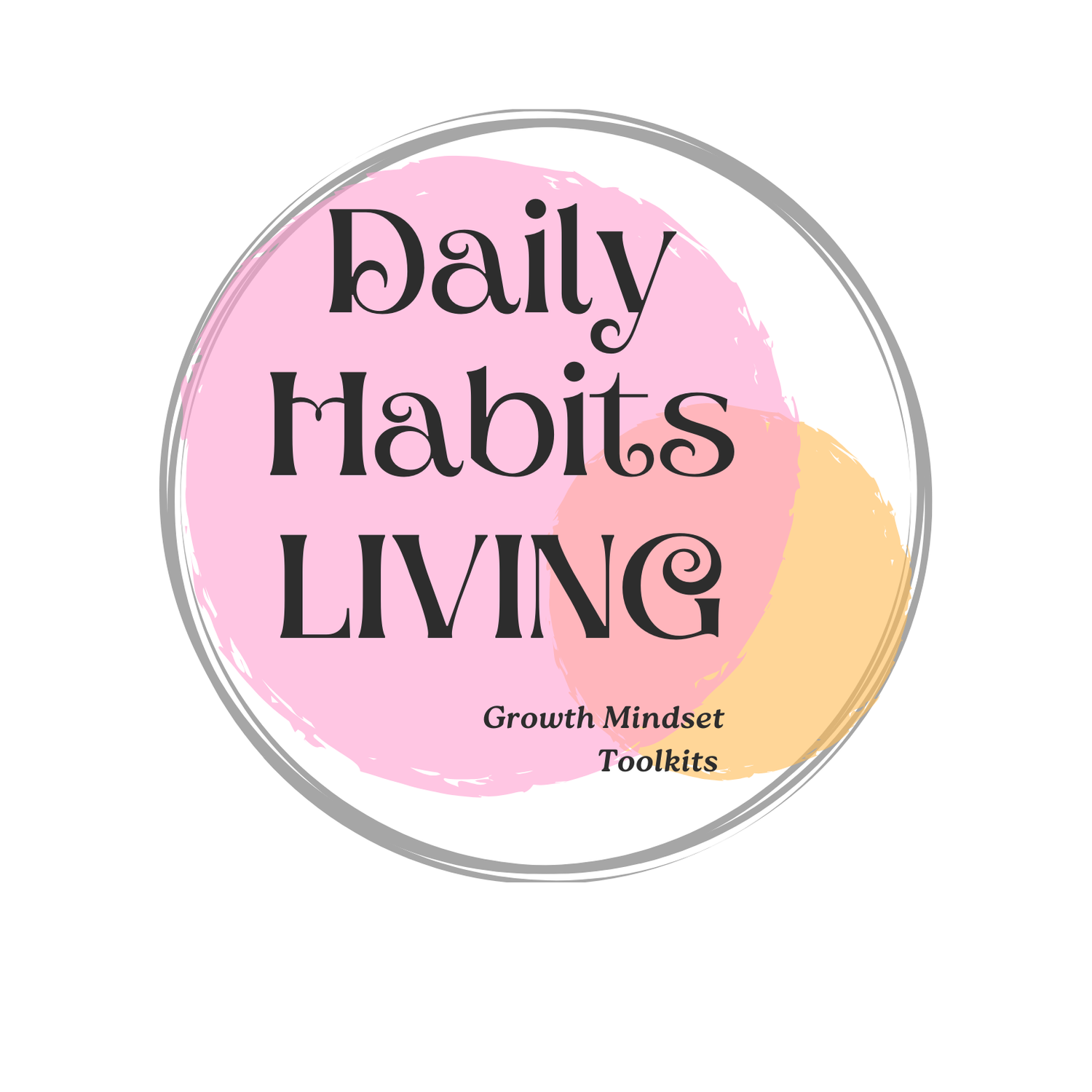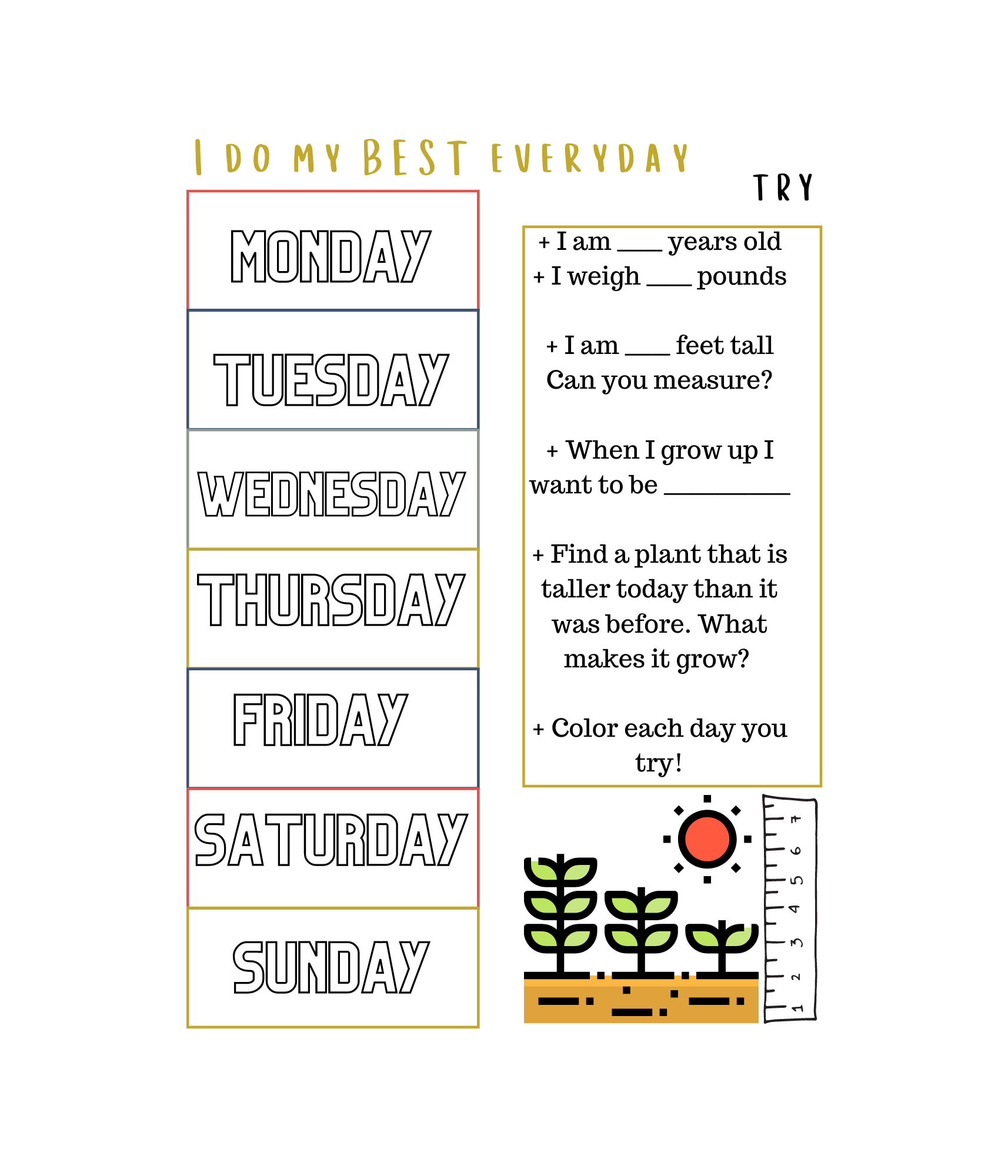Hey kids, mindfulness is fun - proven activities to teach self-awareness at home for free
If you are familiar with the practice of mindfulness, you know the positive benefits it can have on daily life. You may also understand that it takes regular practice to be able to remain mindful in all situations that a day may bring along. Being a busy mom of young children, I found myself needing to learn how to remain still and respond well in my adult life.
So a thought comes up: what if I had learned these coping skills when I was growing up? Imagine the benefits of mindfulness in a child’s development.
Mindfulness, simply put, is being aware of oneself in relation to situations and others around us at any given moment. (Read more on the meaning of mindfulness and tricks to teach kids here!)
It is something that has to be learned, because young children do not know how to express their feelings or deal with them very maturely yet.
Since, we as adults have to learn self-awareness to be able to practice mindfulness, a very important question to start with is this:
At what age does a child become self aware …?
~ SELF-CARE POSTER FOR KIDS ~
[DOWNLOAD your Free Gift below]
START PRACTICING THE A.B.C FEEL BETTER TRICKS AND HABITS DAILY
… and here I thought I’d share some ideas and inspiration how to use your poster :)The World Health Organization (WHO) lists self-awareness in children as one of the ‘10 core life skills’. That means, skills that are crucial in helping kids mature into well adjusted adults with healthy self esteem and balanced relationships with others and their environment.
Many studies suggest that a child begins to develop a sense of self at about the age they start to recognize themselves in the mirror. As early as 2 years old, a child begins to notice their own body parts and the control they have over them. They also begin to notice their own facial expressions in the mirror and play with changing them. They can copy your expressions and movements, meaning they are realizing you are a separate person. They may experiment with wiggling and dancing to control their own body.
Potty training is a time of rapid growth in self-awareness! By the time most kids are in pre-school, we know that they know the meaning of the word ‘mine!’. They start to show feelings of being affected by other kids around them. Between age 3 and 5, many kids may start to show feeling ‘bad’ when they have made a mistake, and wanting to make things better. That means they feel ‘self conscious’ and also conscious of the other person as separate from them.
The concept of ‘I am a good kid’ or ‘I am a bad kid’ starts to develop here. Under 10 years is a great stage to introduce mindfulness for children. Many psychologists agree that a child’s self-awareness can be greatly affected by how their parents (teachers/ caregivers) respond to them and their behaviors as they learn and grow.
By the time a kid is around 8 - 10, they have developed an idea of what their basic personality is, what they like and do not like, how they interact with others and how capable they are of fitting in their daily lives well.
Self-awareness in children can be greatly advanced if parents take actual steps to teach and practice self-awareness and mindfulness with their kids. Self awareness is something we all naturally crave as it gives us control over ourselves.
The good news is, it can be simple and fun to teach to children and to practice alongside them!
It all begins with learning how to FOCUS.
How do you teach a child to focus?
Kids minds are soaking up so much new information all the time, it’s no wonder it is hard for them to pay attention to one thing for long and are easily distracted.
Confession: sometimes, I am still like kids. (Read more on how to focus on yourself as a busy woman and mom here!)
For my own benefit, I find it helpful to remember steps using acronyms. I would like to share this one on how to learn, teach and practice F.O.C.U.S. with kids
F: First things first
Make the habit of picking a few tasks or activities you would like to do.
Next, pick which one you need to get done first, or one you would prefer to do.
Start with one and stick to it until it is complete or you feel achieved.
Then you can move on to the next one, feeling less stressed and overwhelmed.
O: Observe the sorroundings
Many times like us, kids get distracted by something they notice out of the side of their eye or that they hear and get curious.
Try taking a few moments before starting on an activity to look around and feel comfortable in your environment.
Practice the habit of noticing how things are making you feel and if you need to change anything to help keep your mind on track.
C: Calmness
The word ‘calmness’ and ‘stillness’ can be interchangeable. This is where mindfulness comes in.
Make a habit of taking several deep calming breaths before starting an activity. Perhaps you could even count the breaths and see how many it takes to feel stillness in your body and mind.
If you start calm, you are less likely to be easily disturbed by whatever happens or by other people’s influence.
U: Uplifting thoughts
Positive thinking brings positive experiences and results.
It is quite a simple habit to think of an affirmation or to say one out loud before starting a task or activity.
Affirmations are a proven way to keep our mind focused on what we would like do and accomplish plus how we would like to feel in the process.
Tip: words of affirmation for kids can be as simple as a child can think of!
S: Start small
One major reason we lose focus is feeling overwhelmed.
Children are easily overwhelmed as they do not yet understand a lot of the things they see and feel.
To avoid feeling like there is too much going on, try dividing big or new activities into small steps.
Then give yourself encouragement as you tackle the activity one bite at a time until it is finished by the will of your focus.
To bring it all together in a simple to understand way, FOCUS for kids has a lot to do with tuning in to their senses. To make it easy for kids to do that, there are plenty of methods that work. The key is regular practice and positive role modeling.
So now that we have a few basic steps to follow, how do we make it fun for the whole family?
I created this space to share some creative tricks and activities that work for my kids and I. I can not emphasize enough the benefit of writing down your mindfulness intentions and journey as a way to stay encouraged and focused. I would like to share with you my personal favorite daily mindfulness activity to get kids to remember the mindfulness tricks they are learning - journaling.
If you are wondering what to write in a children’s journal, I have compiled a handful of daily guided ideas on what a child can write in a diary to get you started.
Tip: focus on the fun part of the habit of journaling for self-awareness by adding a physical activity!
For more ideas on how to guide your kids and you to better, more peaceful days filled with moments you’ll cherish, check out the A.B.C Daily Habits for Kids children’s journal.
It is an easy-to-follow interactive daily journal for kids ages 4-10.
Filled with guided mindfulness activities for the family
+ positive affirmations for kids
+ feelings charts and mindful coloring for kids
+ recipes for kids to make with you
++ more great habits to build together.
Here is how well organized it is set up for you: by week and letters of the alphabet, you can practice as many days of the week as you like!
*CLICK the journal cover below to check out the book for yourself.*
I enjoy sharing what I am learning on my journey as a busy woman and mom in creative ways and I hope they improve your days! Please reed more…
Wishing you fun family memories,
Caroline













